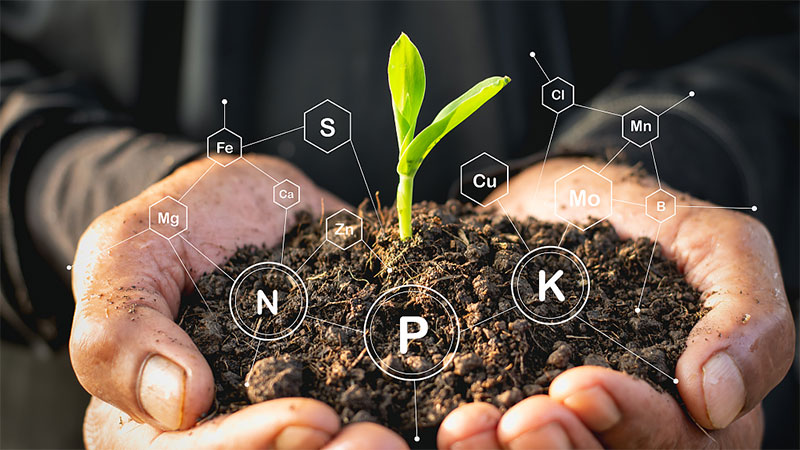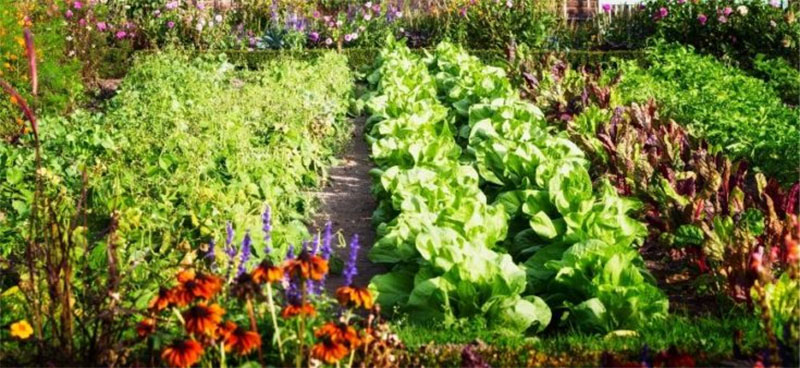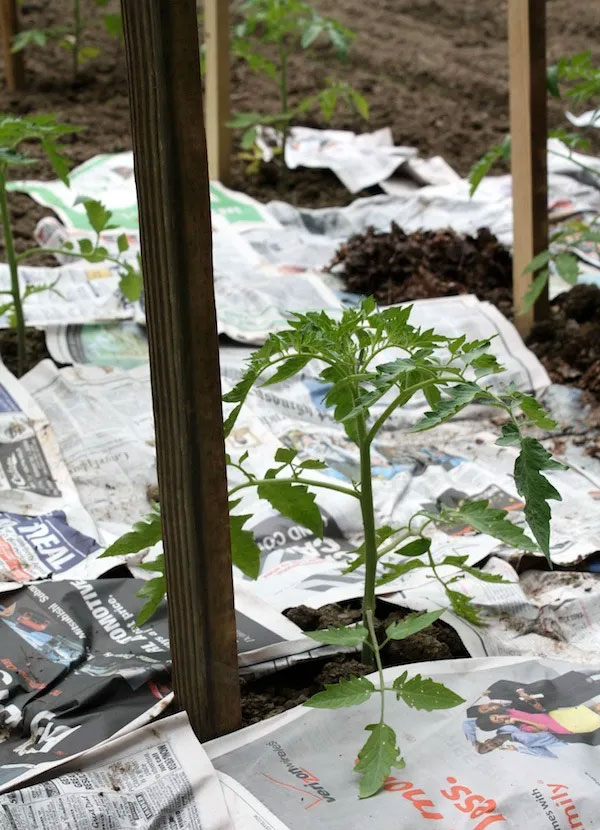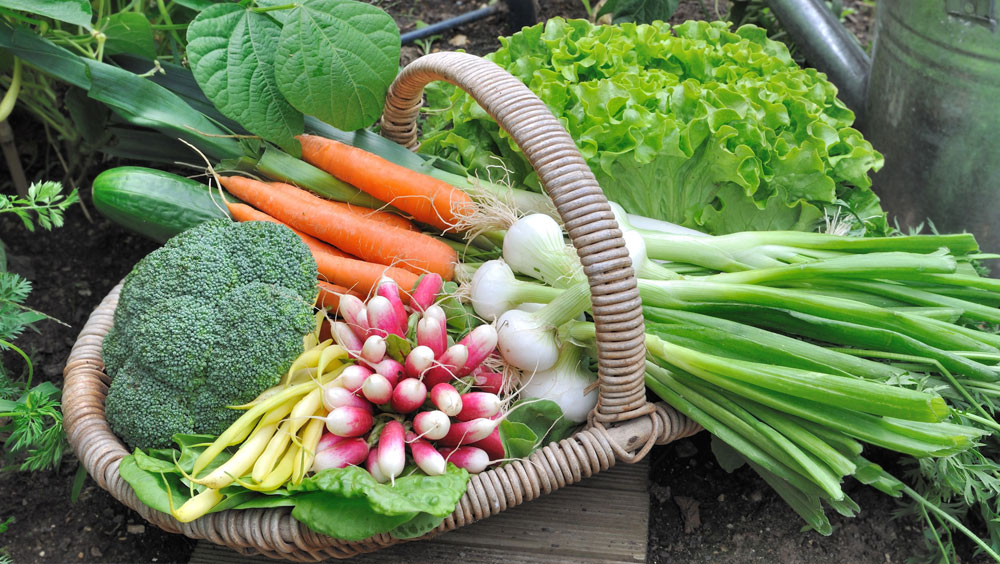Before you put on your gloves and start throwing seeds in the ground, make sure you have a few tried and true basics under your belt.
Soil Quality is Important

Unless you're throwing wildflower seeds around, there's a decent chance that the vegetable seeds you want to grow won't thrive in that bare patch of soil. Different vegetables thrive in soils that contain various minerals. For instance, tomato plants prefer environments that are rich in magnesium, nitrogen, and potassium. To get the best results, start off by mixing your new vegetable garden area's soil with a high-quality bag of fertilizer or soil meant specifically for growing vegetables.
Think About Companion Planting

Vegetable plants are a lot like people; there are certain combinations that don't mix. Vegetables like kale have different nutrient requirements and growing environments than things like cucumbers. Other vegetables, like tomatoes and carrots, love one another. If you do a quick search for companion planting, you'll learn what vegetables complement one another. Otherwise, they'll be fighting for nutrients and doing one another a disservice.
Ground Cover is Your Friend

There will be weeds — thousands of them. Unless you have the time on your hands to meticulously pull them one by one, do yourself a favor and add ground cover. A great way to start is by building your garden's soil on top of biodegradable materials such as newspaper or cardboard. Once your seedlings start to grow, consider covering the ground with mulch or hay. Not only will ground cover help stop weeds from growing, but it will also help your soil retain moisture, and that means less watering.


